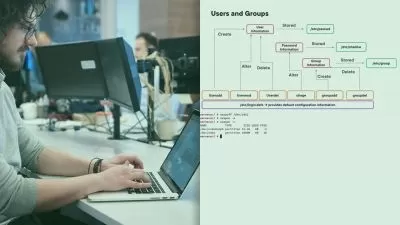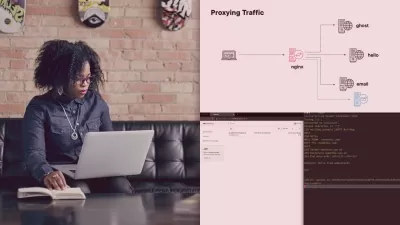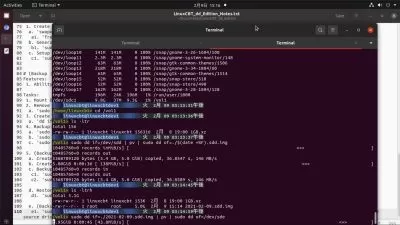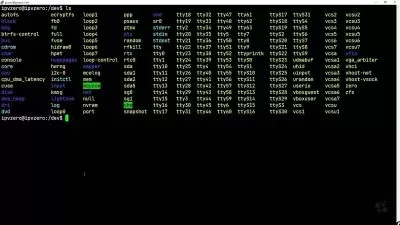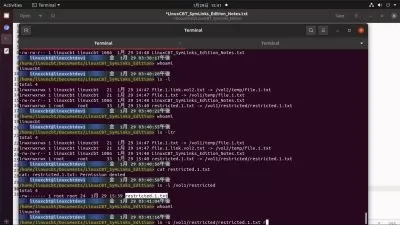RHEL 8: Configuring Local Storage
Andrew Mallett
2:00:54
Description
Storage is at the heart of every Linux system and something that you will need to know as a Linux administrator. This course will teach you how to use block devices in Linux, preparing them with partitions and creating logical volumes with LVM2.
What You'll Learn?
Administering Linux servers has to involve managing disk and local storage. In this course, RHEL 8: Configuring Local Storage, you’ll learn to list and analyze your local block devices, creating new loopback devices as required. First, you’ll explore the tools used to list block devices. Next, you’ll discover how to add more block devices using losetup, creating loopback devices and partitioning them using parted. Finally, you’ll learn how to create and manage LVM2 logical volumes. When you’re finished with this course, you’ll have the skills and knowledge of Linux storage enabling you to partition an existing disk or create new loopback devices. You also be able to manage ongoing storage in a dynamic manner using LVM2.
More details
User Reviews
Rating
Andrew Mallett
Instructor's Courses
Pluralsight
View courses Pluralsight- language english
- Training sessions 25
- duration 2:00:54
- level average
- English subtitles has
- Release Date 2023/02/28






